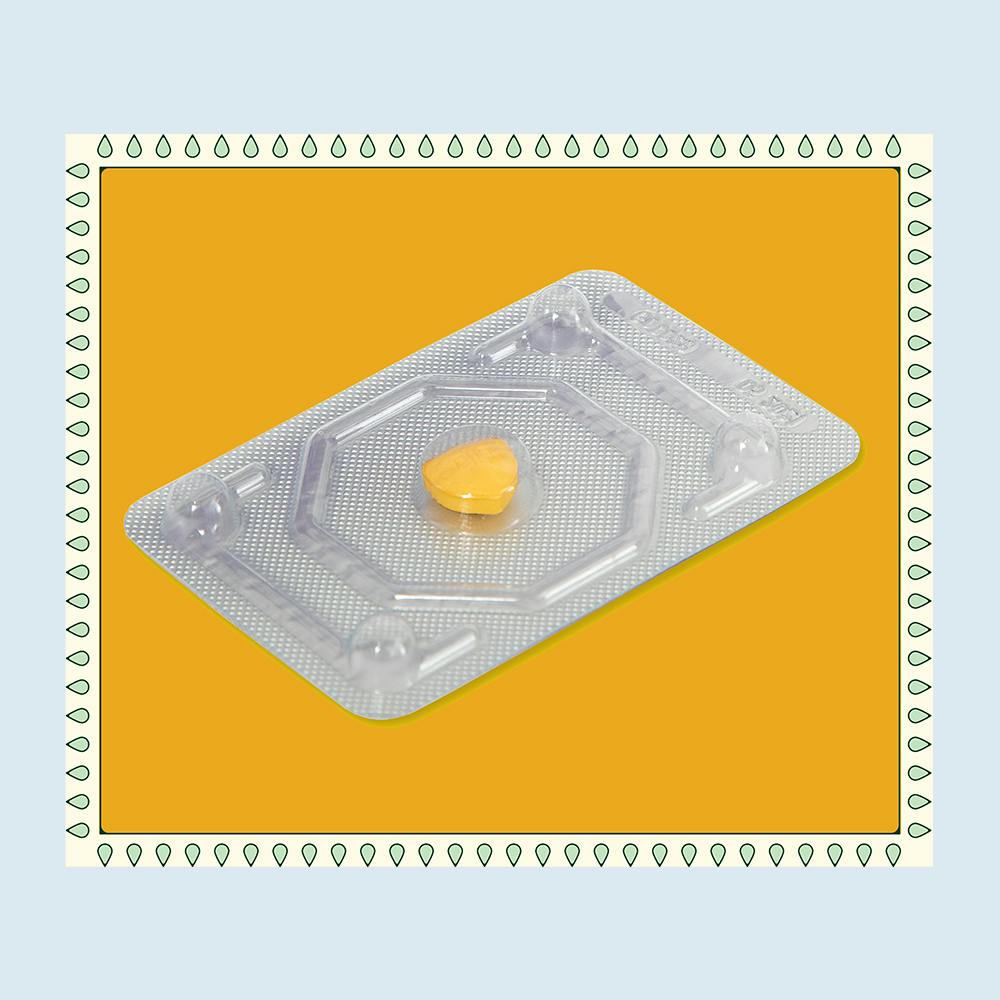Emergency contraception, AKA the “morning after pill” often gets a bad rap.
It’s one of those vital services many people will have to rely on at some point in their (sexually active) life, and yet how many of us know fact from fiction? Better yet, how many of us know how emergency contraception actually works?
So we enlisted the help of ellaOne to bust some myths around emergency contraception.
Myth: there is only one form of emergency contraception
Given that emergency contraception is most commonly known as the “morning after pill”, you’d be forgiven if you thought that was the only form of emergency contraception.
In reality, there are 2 methods of emergency contraception: oral emergency contraceptive pills (the morning after pill), and the IUD (copper coil).
On top of that, there are 2 different types of morning after pills. One contains ulipristal acetate (sold under the brand name ellaOne), and the other contains levonorgestrel.
The copper coil is considered to be the most effective method of emergency contraception (although it’s a little more difficult to get your hands on), followed closely by ellaOne, which is considered the most effective morning after pill.
“In a clinical trial, ellaOne has been shown to reduce the rate of pregnancy to just 9 in 1000 when taken within 24 hours of unprotected sex,” says Emma Marsh, Senior Brand Manager at ellaOne. “This is because of the active ingredient ulipristal acetate, which has been shown to be 2.5 times more effective than other morning after pills containing levonorgestrel.”
Choosing the best form of emergency contraception depends on a few factors, mainly how much time has passed since you had unprotected sex, any pre-existing health conditions, lifestyle and even your weight can all play a part in how effective emergency contraception is.
“We would suggest that someone speaks to their pharmacist or healthcare provider about choosing the “right” emergency contraception for them. It’s a good idea to really familiarise yourself with all the information and advice,” adds Marsh.
Myth: taking the morning after pill is like having an abortion
This is very, very false. And yet, 41% of respondents surveyed by ellaOne believed the morning after pill works by terminating a pregnancy.
“As our recent #FactNotFiction campaign has found, many people are unsure about how emergency contraception works, and believe damaging rumours about it that can make accessing it an intimidating or even dreaded experience,” says Marsh.
All forms of emergency contraception prevent pregnancy in the first place. For pregnancy to occur, a fertilised egg has to implant in the uterus, which can take 5 to 7 days from when sperm fertilises the egg. Emergency contraception acts in the interim by delaying ovulation.
“When you have unprotected sex, sperm travel from the vagina, through the cervix and up the fallopian tubes where they wait for an egg to be fertilised. ellaOne—which contains ulipristal acetate—helps prevent or delay ovulation (the egg being released) until all the sperm have died (5 days), so there is no egg for them to meet and so pregnancy can not occur,” explains Marsh.
Myth: the morning after pill has to be taken… the morning after
47% of people think the morning after pill has to be taken within 24 hours of having unprotected sex. In reality, ellaOne and the IUD are both effective in preventing pregnancy for up to 5 days of having unprotected sex. The levonorgestrel pill, on the other hand, can only be taken up to 3 days after unprotected sex.
However, with all methods of contraception, the sooner you take them, the better.
Myth: taking the morning after pill too many times will make you infertile
This is one of those things we’ve all heard growing up, but is completely unfounded.
“We know that this is a very prevalent myth,” says Marsh. “In our recent FactNotFiction survey, 40% of 1027 18-35-year-olds said they believed the morning after pill can make you infertile if you use it too many times. This is completely false. There is no evidence that ellaOne has any long-term effect on fertility. In fact, fertility generally returns so quickly after taking ellaOne that we recommend using a barrier method of contraception until your next period.”
Myth: emergency contraception is the same as everyday contraception
Afraid not. Although it’s safe to take the morning after pill more than once in your life (despite what your friends may have told you when you were a teen), it’s not effective as an on-going contraceptive—that’s why it’s called “emergency” contraception.
If you often find yourself relying on emergency contraception, it might be worth considering whether your current form of contraception is working for you. Speak to your healthcare provider about all available options.




